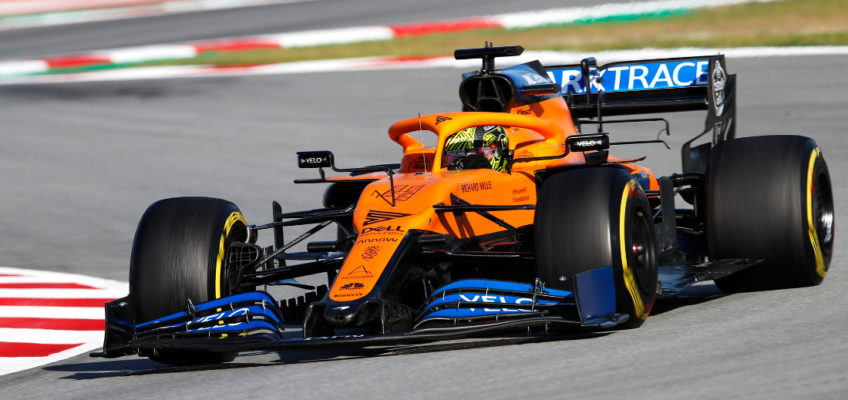The origin of the McLaren cars famous orange color lies on the founder of the British team. Bruce McLaren, a multi-talented New Zealander, pilot, designer and engineer had a great business vision.
This was evident in 1967 when Bruce debuted at the Canadian-American Challenge Cup (Can-Am), a contest with prototypes of Sport Class vehicles in the United States and Canada.
The Auckland genius noticed that American television networks had began to broadcast in color the automobile races. Due to this change, he was aware of the visual impact that a striking painting could generate both on viewers and on the live public on the circuits. And he thought it would become a lure for sponsors.
Well, from that marketing-based thought was born the legendary papaya orange, which first wore the M6A. And it gave them good luck, since both Bruce and his compatriot Denny Hulme conquered the Can-Am crowns between 1967 and 1971 with the M6A, M8A, M8B, M8D and M8F models, spreading the champagne.
Simultaneously, Bruce decided to make the jump to the premier class. This way, the orange tone reached Formula 1 with the McLaren M7A at the 1968 Spanish GP, which took place on May 12 at the Jarama Circuit in Madrid.
And just two rounds later, at the F1 Belgian GP held on June 9, 1968 at the Circuit de Spa-Francorchamps, they won their first victory. Thus the orange legend started.
Since then, a total of seven rockets (M7A, M7C, M9A, M14A, M7D, M14D, M19A) wore butane tone, that was eliminated in the GP of the United States of 1972 held on 8 October until his return in 2018.
Images: McLaren





Leave a Reply